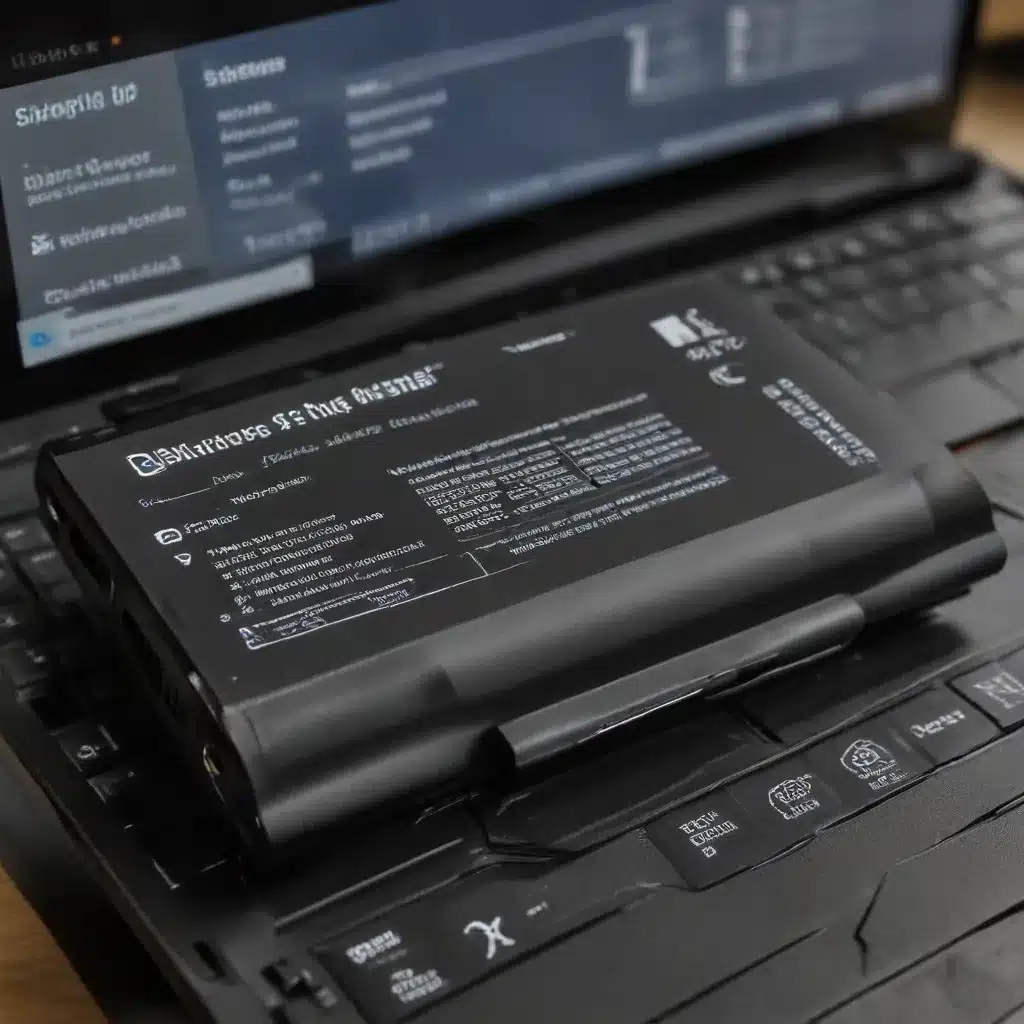
Tips to Improve Battery Efficiency
As an experienced IT professional, I’ve seen many laptop users struggle with battery life issues. Fortunately, there are several practical steps you can take to maximize the battery life of your Windows 10 device. In this comprehensive guide, I’ll share my top tips and insights to help you extend your laptop’s runtime and get the most out of your battery.
Adjust Power Settings
One of the easiest ways to improve battery life is to adjust your laptop’s power settings. Windows 10 offers several pre-configured power plans that you can choose from:
- Better battery life: This mode prioritizes power savings over performance, reducing CPU speed and screen brightness to conserve battery.
- Better performance: This mode optimizes for performance, using more power to ensure smooth operation.
- Balanced: This is the default setting, balancing performance and power efficiency.
To access the power settings, simply click on the battery icon in the taskbar and select the desired mode. For even more granular control, go to Settings > System > Power & sleep and customize the display and sleep timeout options.
Reduce Screen Brightness
Another easy way to boost battery life is to lower your laptop’s screen brightness. Bright displays can be major power drains, so aim for a comfortable yet power-efficient setting. You can adjust the brightness by clicking on the notification icon in the taskbar and using the brightness slider.
Enable Battery Saver Mode
Windows 10’s built-in Battery Saver mode can significantly extend your battery runtime when it’s running low. This feature automatically reduces background activity and limits notifications to conserve power. To enable it, go to Settings > System > Battery and toggle on the Battery Saver option.
Detect and Disable Battery-Draining Apps
The Windows 10 battery settings can also help you identify apps that are consuming excessive power in the background. Scroll down to the “Battery usage by app” section, select an app, and choose to “Never allow background activity” to disable it from running when not in use.
Disable Background Apps
In addition to the apps listed in the battery settings, you can also turn off dozens of other background apps that may be draining your laptop’s battery. Go to Settings > Privacy > Background apps and toggle off the option to “Let apps run in the background.”
Optimize Power and Sleep Settings
Adjusting your laptop’s power and sleep settings can provide a noticeable boost in battery life. In the Power & sleep settings, you can configure the display timeout and sleep timeout to ensure your device goes into a low-power state more quickly when idle.
Disable UI Animations and Shadows
Windows 10’s visual effects can impact battery life, so consider disabling them for better power efficiency. Open the System Properties window (type “sysdm.cpl” in the Run dialog), go to the Advanced tab, and under the Performance Settings, select “Adjust for best performance.”
Turn Off Bluetooth and Wi-Fi
Wireless connections like Bluetooth and Wi-Fi can be significant battery drainers, as they require dedicated hardware components to run continuously. If you’re not using these features, be sure to turn them off to conserve power.
Disable Startup Apps
Unnecessary apps and services running at startup can also contribute to battery drain. Open the Task Manager, go to the Startup tab, and disable any apps you don’t need launching automatically.
Disable CPU Cores
Modern laptops often have multi-core processors, and you can disable some of these cores to save power when the device is idle. Open the System Configuration utility (type “msconfig” in the Run dialog), go to the Boot tab, and adjust the “Number of processors” setting.
Check Power Configuration
The Windows Command Prompt’s “powercfg /energy” command can provide valuable insights into the apps and processes that are using too much power on your laptop. Review the generated HTML report to identify any potential issues.
Sync Data Less Often
Reducing the frequency of data syncing for email, calendars, and contacts can help conserve battery life. Adjust the sync settings for your email and cloud accounts to find the right balance between up-to-date information and power efficiency.
Prevent Overheating
Heat is one of the biggest enemies of battery life, as it can lead to thermal throttling and faster battery degradation. Ensure your laptop’s cooling system is functioning properly and consider using a cooling pad or stand to keep temperatures in check.
Disable Keyboard Backlighting
If your laptop has a backlit keyboard, turning off the backlighting can provide a noticeable boost in battery life. Look for a dedicated function key or check your device’s settings to toggle this feature.
Replace an Aging Battery
If you’ve tried all the above tips and are still experiencing poor battery life, it may be time to replace the battery. Older batteries tend to hold less charge, so investing in a new one from the manufacturer or a trusted third-party supplier can significantly improve your laptop’s runtime.
By implementing these practical tips, you can maximize the battery life of your Windows 10 laptop and enjoy extended periods of unplugged productivity and entertainment. Remember, finding the right balance between performance and power efficiency is key to getting the most out of your device’s battery.
For more IT insights and troubleshooting guides, be sure to visit the IT Fix blog regularly. We’re dedicated to helping users get the most out of their technology.












